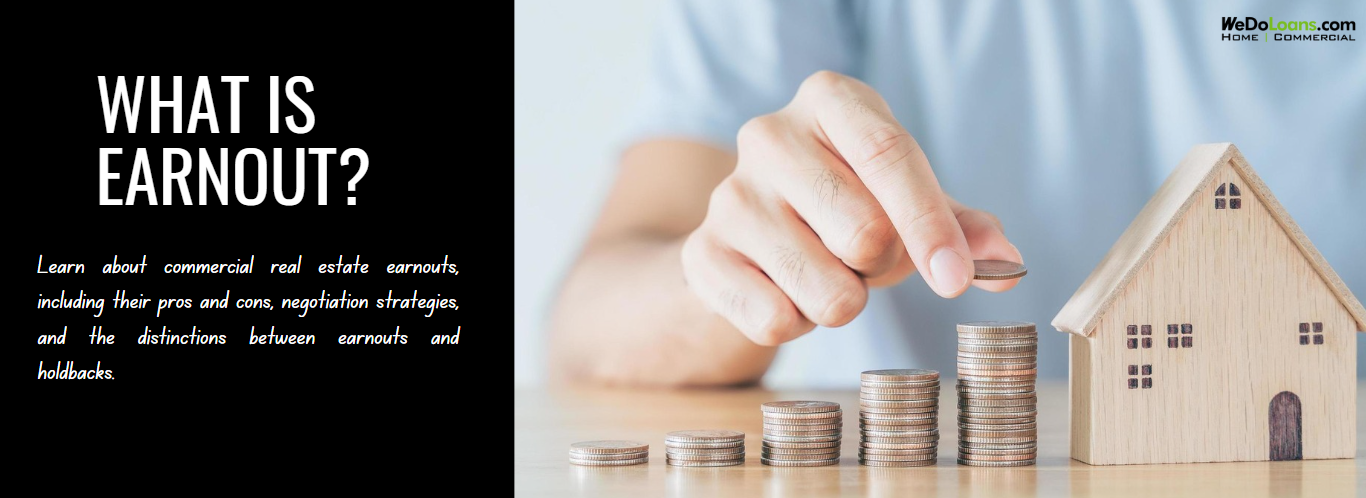
Earnouts in commercial real estate provide an opportunity to access additional funds from a property once specific milestones or strategies are achieved. This can be useful for property owners needing to refinance their existing loans before their business plans reach their anticipated outcomes, such as when adding value through renovations to increase rental income.
Understanding Earnouts in Commercial Real Estate
An earnout is a provision within a loan agreement that allows investors to obtain extra capital from the lender after meeting certain goals, objectives, or events. These can range from achieving specific operational performance targets to obtaining a certificate of occupancy. Once the borrower fulfills the stipulated conditions, the lender can increase the loan amount, supported by the improved operating performance of the property.
Pros and Cons of Earnouts in Commercial Real Estate
Pros
- Increased Funding Access: Earnouts provide access to additional funds without needing a complete new loan application process, reducing the costs of securing new financing.
- Cost Savings: Avoids extra costs like closing fees, attorney fees, and application fees, which are usually associated with obtaining a second loan.
- Performance-Based Financing: Lenders are more likely to provide additional capital as the property’s value or revenue improves, often through targeted upgrades or increased occupancy.
Cons
- Risk of Decreased Property Value: If the property’s value drops, the loan could become “underwater,” meaning more is owed than the property is worth.
- Increased Monthly Payments: Once the earnout is issued, the borrower must start paying both interest and principal, potentially leading to significantly higher monthly payments.
- Complex Loan Terms: Earnout loans can come with complex terms and requirements, needing careful consideration and negotiation to ensure favorable conditions.
Examples of Commercial Earnouts
For instance, an investor might secure a $5 million loan to purchase a property, with an additional $1 million available once the property is converted from a 4-tenant to a 5-tenant space. Initially, the investor pays interest only, but after the earnout is activated, the loan payments will include both principal and interest. If the property is not enhanced, the additional $1 million won’t be released.
Tips for Negotiating Earnouts in Commercial Loans
- Understand Loan Terms: Ensure you fully grasp the criteria and conditions that trigger the earnout.
- Consider All Costs: Account for all associated costs, including interest, application fees, and repayment structures.
- Evaluate Financial Ratios: Be prepared to provide the lender with details on debt service coverage and loan-to-value ratios.
Holdback vs. Earnouts: Key Differences
A holdback involves the lender withholding a portion of the loan proceeds until certain objectives are met. In contrast, an earnout is a promise of additional funds once specific conditions are fulfilled. With holdbacks, borrowers pay interest on the entire loan amount from the start, even if they don’t have full access to the funds yet.
Conclusion
Earnouts can be an effective strategy for structuring commercial real estate loans, providing additional capital while keeping initial costs low. Proper negotiation and understanding of the terms can make earnouts a valuable tool for enhancing and managing commercial properties.
